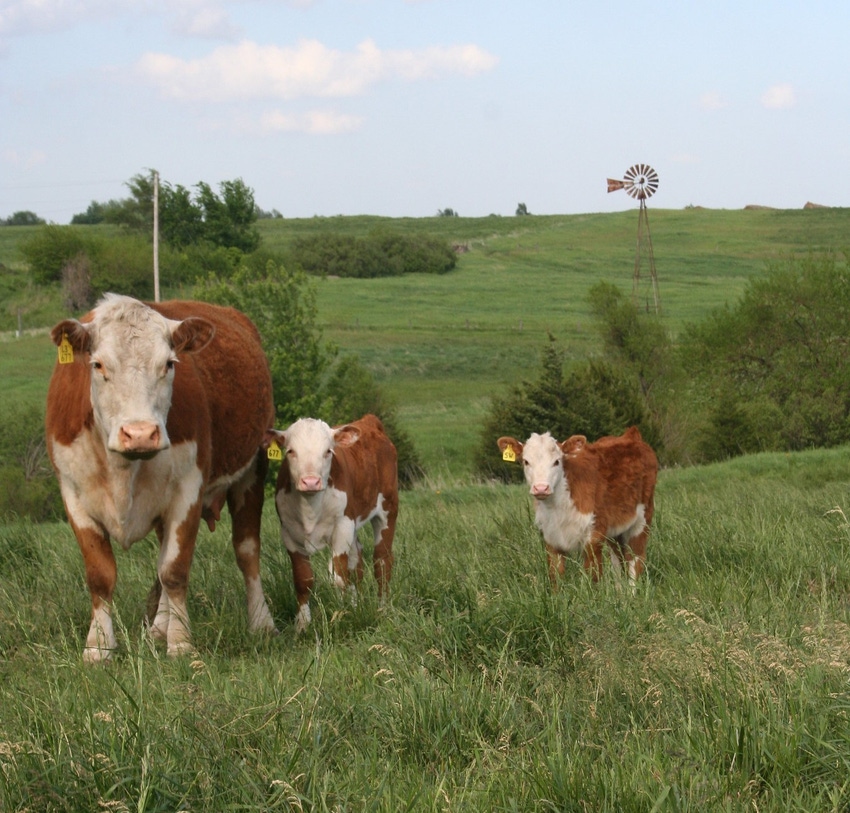Trick Factors to Consider When Picking Animals Danger Defense (LRP) Insurance Policy
When reviewing choices for Livestock Danger Protection (LRP) insurance, a number of key variables require careful factor to consider to make certain effective threat management in the farming sector. Selecting the best insurance coverage choices customized to your specific livestock procedure is paramount, as is comprehending just how superior prices correlate with the degree of defense provided.
Insurance Coverage Options
When taking into consideration Animals Danger Security (LRP) insurance coverage, it is necessary to comprehend the different coverage options available to mitigate threats in the farming market. Livestock Risk Protection (LRP) insurance coverage provides different coverage alternatives customized to satisfy the diverse demands of animals manufacturers.
An additional crucial protection option is the recommendation duration, which figures out the length of time the coverage holds. Manufacturers can pick the endorsement period that ideal fits their production cycle and market problems. Furthermore, protection levels and prices differ based on the kind of livestock being insured, offering producers the versatility to customize their insurance policy prepares according to their specific needs.
Comprehending the different protection options readily available under Animals Risk Defense (LRP) insurance coverage is vital for manufacturers to make educated choices that efficiently protect their livestock procedures from market unpredictabilities.
Costs Expenses

Livestock Danger Defense (LRP) insurance offers crucial coverage choices customized to alleviate threats in the farming field, with a significant aspect to think about being the estimation and structure of premium costs. When determining premium costs for LRP insurance, a number of elements enter into play. These consist of the kind and variety of animals being guaranteed, the protection degree selected, the present market costs, historical price information, and the size of the insurance coverage duration. Insurers may also take into consideration the area of the ranch, as geographical variables can influence the total danger profile.
Premium expenses for LRP insurance are typically computed based on actuarial information and run the risk of evaluation versions. Insurance companies evaluate historic data on animals costs and production expenses to identify an ideal premium that reflects the degree of danger involved. It is crucial for livestock manufacturers to very carefully evaluate premium expenses and coverage choices to guarantee they are effectively shielded versus potential economic losses due to damaging market conditions or unpredicted occasions. By comprehending how premium costs are calculated and structured, manufacturers can make informed decisions when selecting the appropriate LRP insurance coverage for their procedure.
Eligible Animals
The resolution of eligible livestock for Animals Threat Security (LRP) insurance coverage entails mindful factor to consider of details standards and attributes. Livestock types that are typically qualified for LRP insurance coverage include feeder livestock, fed lambs, swine, and cattle.
Feeder cattle, for instance, are frequently eligible for LRP coverage if they drop within specified weight varieties. Fed cattle may additionally be eligible, yet they need to meet particular straight from the source weight and high quality grade requirements. Swine eligible for insurance coverage normally include market weight pets intended for massacre. Lambs are another group of livestock that can be taken into consideration for LRP use this link insurance coverage, with factors such as weight and age playing a crucial duty in establishing their qualification.
Before picking LRP insurance for livestock, manufacturers need to thoroughly assess the eligibility requirements laid out by the insurance supplier to guarantee their pets meet the required needs for protection.
Plan Adaptability
Plan versatility in Livestock Threat Security (LRP) insurance policy enables producers to customize coverage to suit their specific demands and risk monitoring methods. This flexibility equips livestock manufacturers to customize their insurance policies based on variables such as the type of animals they own, market problems, and individual danger resistance levels. By supplying customizable alternatives, LRP insurance allows producers to effectively handle their risk exposure while guarding their livestock procedures versus unexpected market volatility.
Cases Refine
Upon experiencing a loss or damages, manufacturers can initiate the insurance claims procedure for their Livestock Danger Defense (LRP) insurance by immediately calling their insurance policy company. It is critical for manufacturers to report the loss pop over to these guys immediately to quicken the claims process. When connecting to the insurance policy provider, producers will need to supply thorough information regarding the occurrence, consisting of the day, nature of the loss, and any kind of pertinent documentation such as veterinary records or market value.

After the evaluation is complete, the insurance coverage service provider will certainly decide pertaining to the insurance claim and connect the result to the manufacturer. If the claim is authorized, the manufacturer will get settlement according to the terms of their Animals Risk Protection (LRP) insurance coverage. Bagley Risk Management. It is vital for manufacturers to be aware of the claims process to ensure a smooth experience in case of a loss

Final Thought
Finally, when choosing Livestock Danger Security (LRP) insurance coverage, it is crucial to think about insurance coverage alternatives, premium prices, qualified animals, plan versatility, and the insurance claims process. These essential elements will help make certain that breeders and farmers are effectively secured against potential risks and losses linked with their animals operations. Making an informed choice based upon these considerations can eventually result in better economic protection and tranquility of mind for livestock manufacturers.
Animals Risk Defense (LRP) insurance policy provides different insurance coverage choices customized to fulfill the varied requirements of livestock producers.The decision of eligible animals for Livestock Threat Security (LRP) insurance coverage includes careful factor to consider of certain criteria and features.Policy flexibility in Animals Threat Security (LRP) insurance permits producers to customize coverage to match their particular demands and risk monitoring techniques.Upon experiencing a loss or damages, producers can start the insurance claims procedure for their Livestock Danger Defense (LRP) insurance coverage by without delay contacting their insurance coverage service provider.In verdict, when selecting Livestock Threat Protection (LRP) insurance, it is crucial to consider protection alternatives, premium costs, eligible animals, plan flexibility, and the insurance claims procedure.